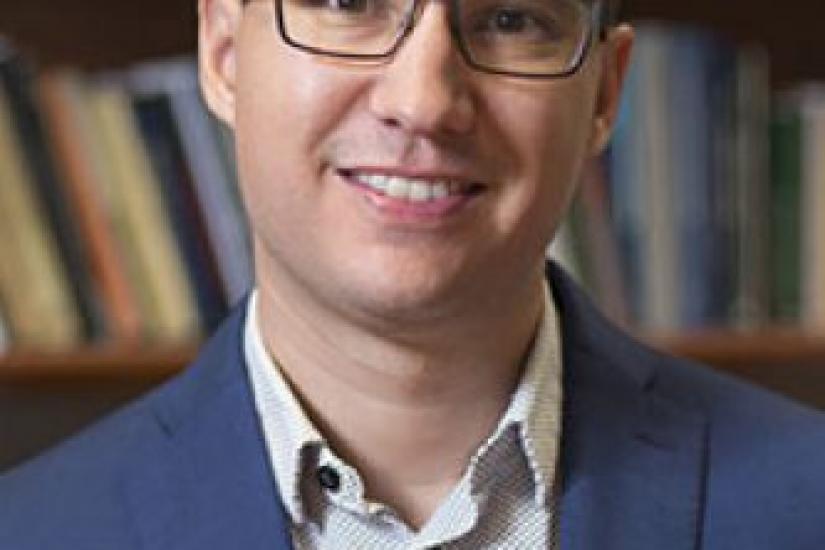
ABSTRACT | Why do friendship networks form? Social scientists have documented multiple forces that shape social networks, perhaps foremost of which is homophily, the tendency of friends to be similar in myriad ways. This paper demonstrates in two studies that similarity in linguistic style is associated with friendship and that the causal arrow points in both directions: linguistic similarity drives network tie formation and friends exhibit linguistic convergence over time. In the first study, we analyze the linguistic styles and the emerging friendship network in a complete cohort of 285 graduate students at an East Coast university. In the second study, we analyze a large-scale dataset of online reviews from Yelp.com, an online reviewing platform with social network functionality. Across both studies, we collected data in two waves, allowing us to study changes in both friendship networks and linguistic styles over time. Using the LIWC computational linguistic framework, we analyze the full text of students’ essays and of 1.7 million reviews by 159,651 Yelp reviewers. The results consistently show that similarity in linguistic style increases the likelihood that a friendship forms and that friendship ties, in turn, induce a convergence in linguistic style. Finally, we show that these dual engines of homophily – selection and convergence – have profound consequences: in our empirical data and in a simulation study, we show that these processes contribute to network fragmentation and form the basis of structural “echo chambers”.
BIO | Balázs Kovács is an assistant professor of management at the Yale School of Management. He received his Ph.D. from the Graduate School of Business at Stanford University. He studies various topics in organization theory, including social networks, learning, diffusion, identity, and status. His current work investigates the effects of category spanning and innovation in technological and cultural domains.